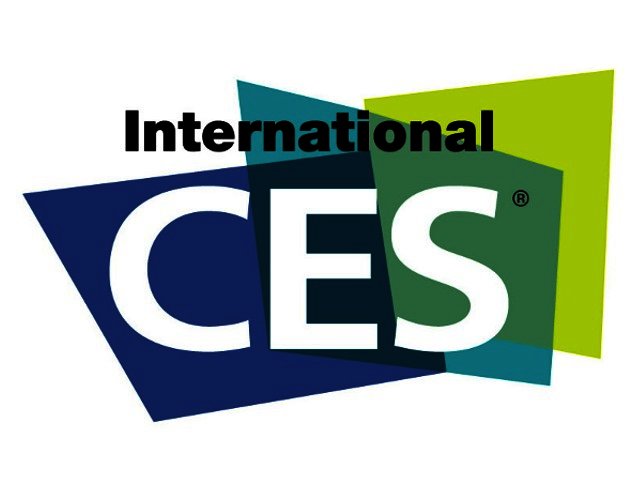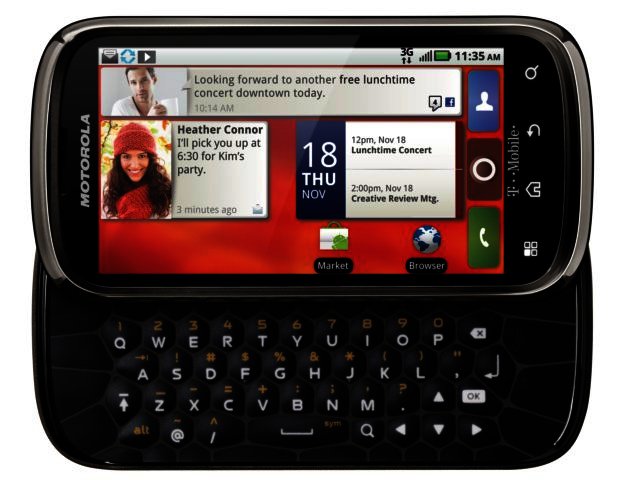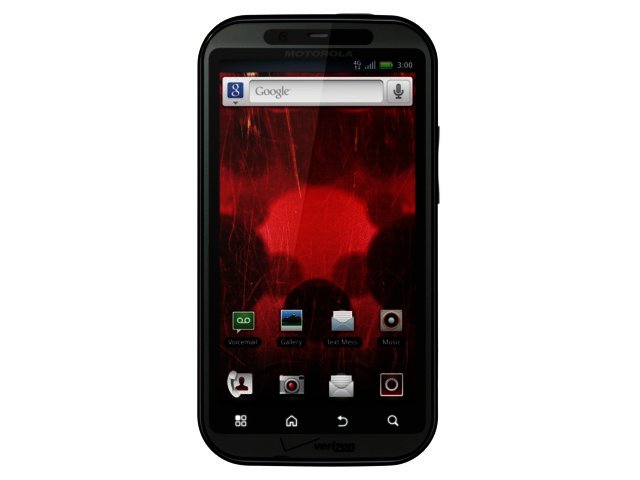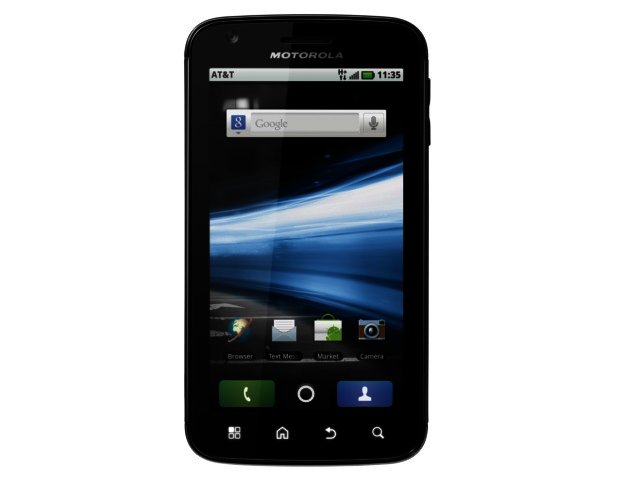PREVIOUS ARTICLENEXT ARTICLE
NEWS

Tech News Round-up - All about CES 2011
By Hanleigh Daniels 7 January 2011 | Categories: news
We’ve already seen a number of cool new products appearing at the 2011 Consumer Electronics Show, currently underway in Las Vegas. What better reason to bring you even more in our first Tech News Round-up for 2011, featuring the hottest news and tech developments straight from the sin-filled streets of Las Vegas.
A flurry of new Android devices from Motorola
Motorola’s Android 3.0-running Xoom tablet might have grabbed most of the headlines, but the American company also unveiled three new smartphones, powered by Google’s mobile operating system.
The company announced the Motorola CLIQ 2 that sports a 3.7" touch-screen with a slide-out keypad. It runs on Android 2.2 (Froyo), is powered by a 1 GHz CPU and also features Wi-Fi, aGPS and can display rich web content via an Adobe Flash Player.

Next up is the Droid Bionic, which features a dual core processor (just like LG’s Optimus 2X) with each core running at 1 GHz, 512 MB RAM, an Adobe Flash Player as well as HTML5 support within its web browser. It supports next-generation 4G LTE, which delivers mobile Internet content and services up to ten times faster than 3G. It also has a 4.3" qHD (quarter high-definition) display with 960 x 540 pixels quality (iPhone 4’s display resolution is 640 x 960) and two cameras, a front-facing VGA camera as well as a rear-facing 8 megapixel camera.

Finally there’s the Motorola Atrix that the company unashamedly calls the “world’s most powerful smartphone”. It boasts Motorola’s webtop application that runs a full Mozilla Firefox 3.6 browser, an Adobe Flash Player, the same dual core CPU employed in the Droid Bionic, delivering up to two GHz of processing power, sports a 4” qHD display and 1 GB of RAM.

Samsung and Microsoft unveil new LCD technology
Samsung Electronics and Microsoft have unveiled the Microsoft Surface experience featuring PixelSense technology, which enables LCD panels to ‘see’ without the use of cameras. It makes it possible for users to share and collaborate on projects by using a large, thin display that recognises their fingers, hands as well as other objects placed on the screen.
This technology will first be available in the Samsung SUR40 for Microsoft Surface for business customers later in 2011 within 23 countries. Some of the corporate clientele that have already announced that they will deploy these displays within their companies include Fujifilm, Red Bull, Royal Bank of Canada and Sheraton Hotels & Resorts Worldwide Inc.

4G to come to the BlackBerry tablet
According to BlackBerryBlast!, BlackBerry holding company Research In Motion (RIM) and Sprint announced plans to launch a new BlackBerry PlayBook tablet model that boasts connectivity to Sprint’s next-generation 4G network. This BlackBerry 4G PlayBook will be the first PlayBook model to include wide area wireless connectivity, allowing for download speeds up to 10 times faster than 3G. It is expected to be available in the US from Sprint in the summer (winter for SA).

Nvidia sheds some light on its CPU plans
It wasn’t only its new mobile GPU range that Nvidia unveiled at CES 2011, the company also announced “Project Denver”. This initiative sees the GPU maker laying plans to construct high-performance ARM based CPU cores, which are designed to support products ranging from PCs and servers to workstations as well as supercomputers.
It will result in Nvidia CPU running the ARM instruction set, which will be fully integrated on the same chip as the Nvidia GPU. Nvidia has obtained the rights to develop its own high performance CPU cores based on ARM’s future processor architecture and also licensed ARM’s current Cortex-A15 processor for its next-generation Tegra mobile CPU.
Google unveils Honeycomb
On Wednesday Google provided Android fans with a preview of Android 3.0, aka Honeycomb, which is the next version of the Android platform, re-built from the ground up for devices with larger screen sizes, such as tablet PCs.
It sports a new, holographic user interface (UI), Google Maps 5 with 3D interactions and offline reliability, refined multi-tasking, access to more than 100 000 apps on the Android Market, home-screen customisation with a new 3D experience as well as redesigned widgets. The web browser has also been upgraded to include such features as tabbed browsing, form auto-fill, syncing with your Google Chrome bookmarks and incognito mode for private browsing.
Check out this video preview of Honeycomb.
USER COMMENTS
Most Read Articles
Read

Magazine Online
TechSmart.co.za is South Africa's leading magazine for tech product reviews, tech news, videos, tech specs and gadgets.
Start reading now >
Download latest issue
Have Your Say
What new tech or developments are you most anticipating this year?
New smartphone announcements (44 votes)
Technological breakthroughs (28 votes)
Launch of new consoles, or notebooks (14 votes)
Innovative Artificial Intelligence solutions (28 votes)
Biotechnology or medical advancements (22 votes)
Better business applications (132 votes)



